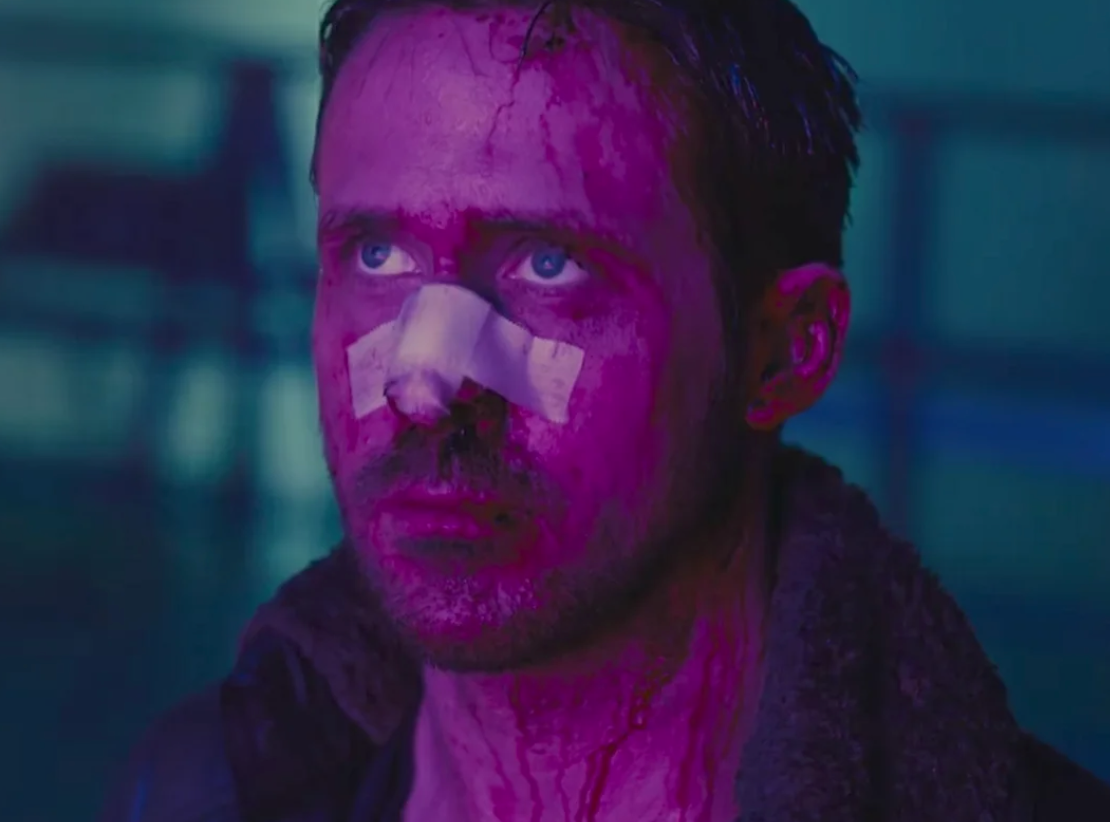Is Corecore the New Dada?
Go to the list.
The fusion of countless digital threads and chaotic imagery in Corecore's artwork can only be described as the 21st-century version of Dadaism. The movement's attempt to convey an ominous sense of doom and gloom about the human condition reflects the same disillusionment with society that birthed Dadaism over a century ago.
Like Dadaism, Corecore's anti-art represents a profound sense of emptiness and meaninglessness that pervades our society. As our value systems become increasingly warped, the need for constant stimuli and the resulting gnarled dopamine levels only exacerbate this issue. It is an acknowledgment of our innate urge to break free from the constraints of a society that fails to meet our basic needs.
It is no surprise that this movement resonates so deeply with young people, who face a world in which cynicism and criticism abound. Corecore's stark reflection of our collective mental health and its implications for our future is a wake-up call that should not be ignored.
But can Corecore's art invoke change? Perhaps. It is an in-your-face reminder that we must confront the emptiness we feel and work to build a more meaningful world.
Discover the societal phenomenons leading to the emergence of this unorthodox trend, and the embedded ideology.

